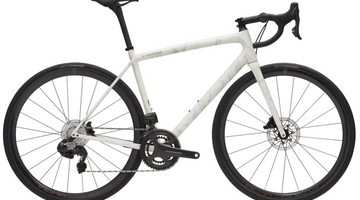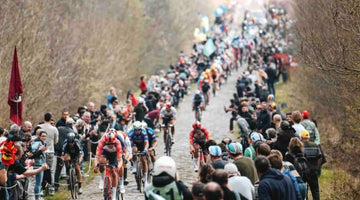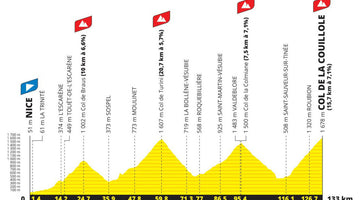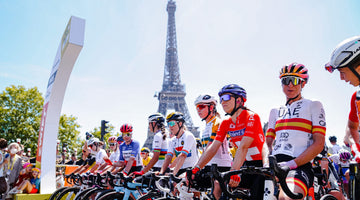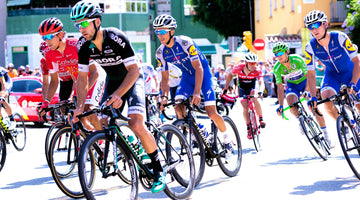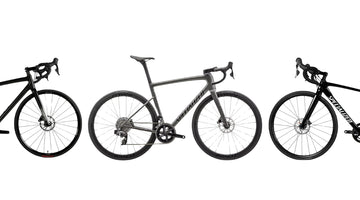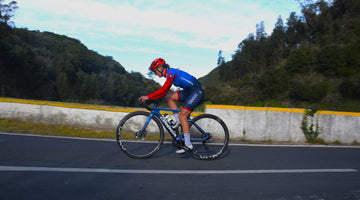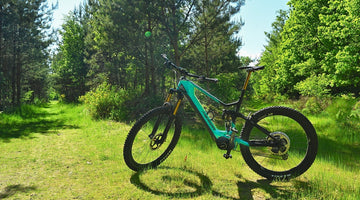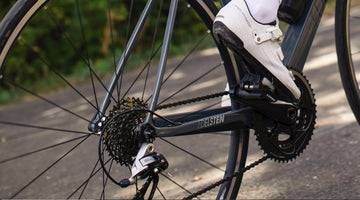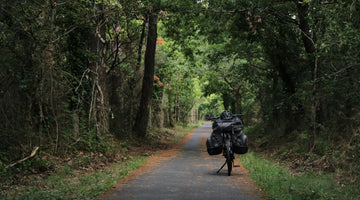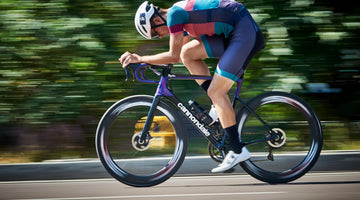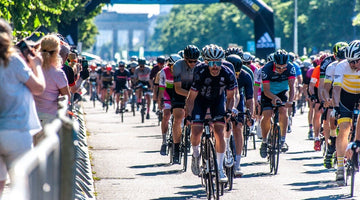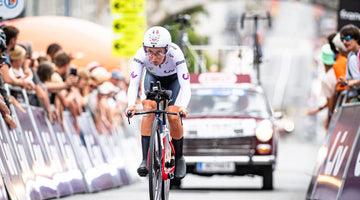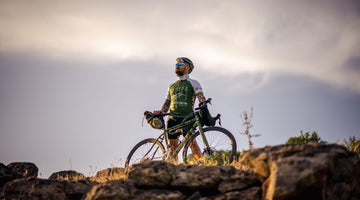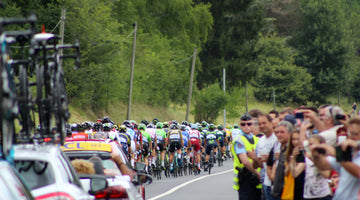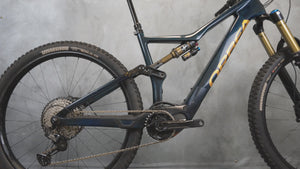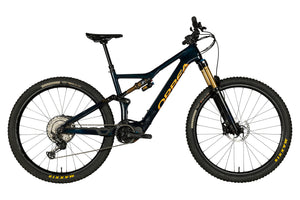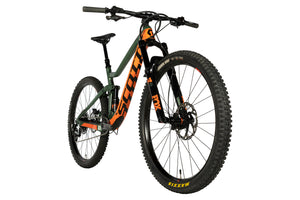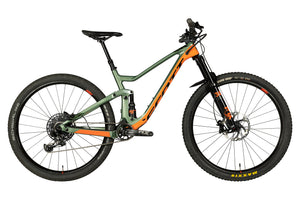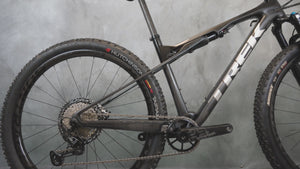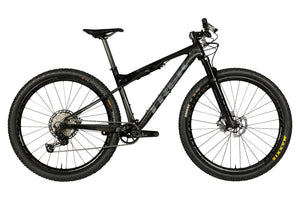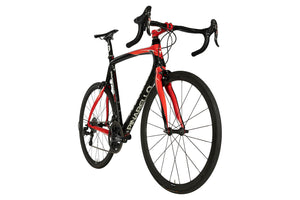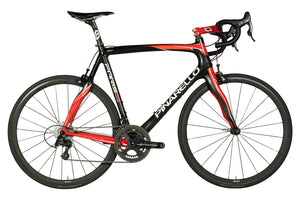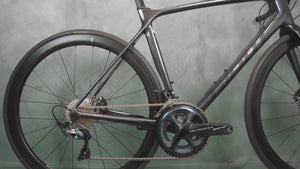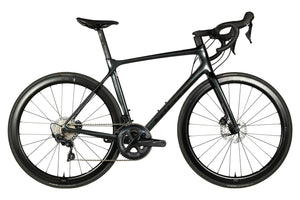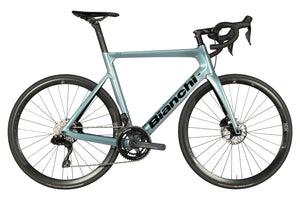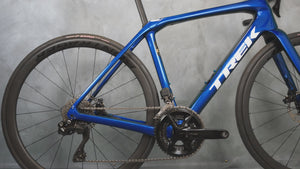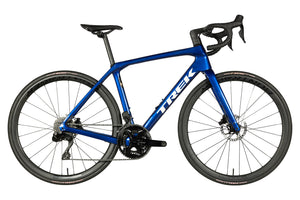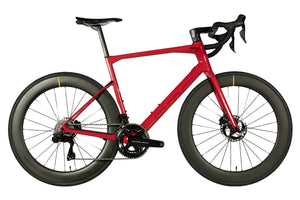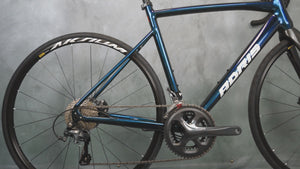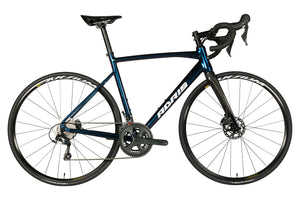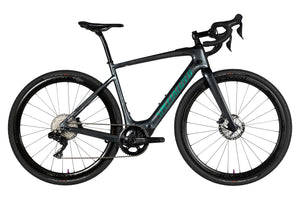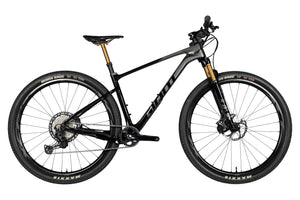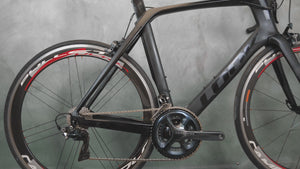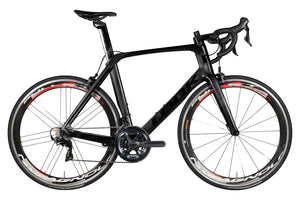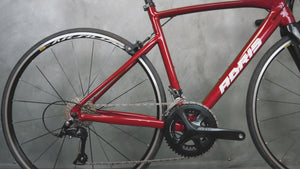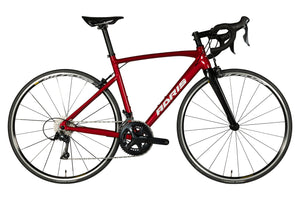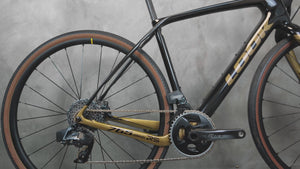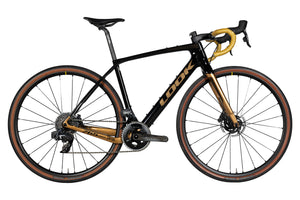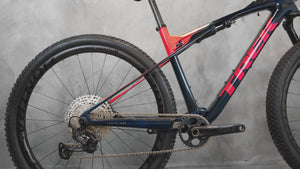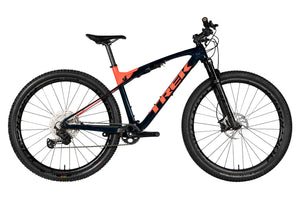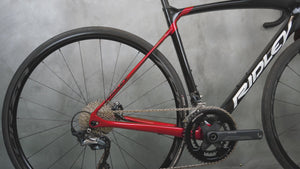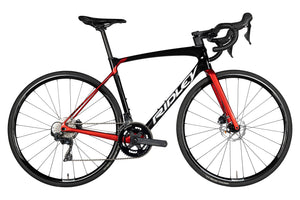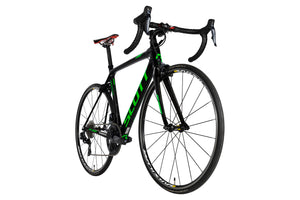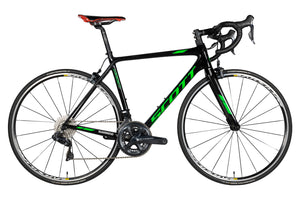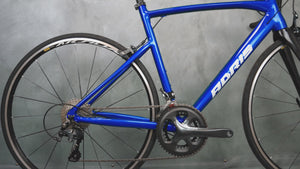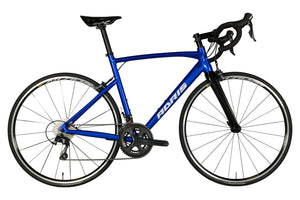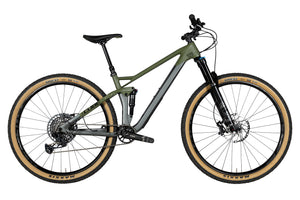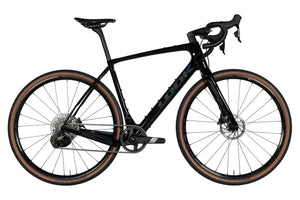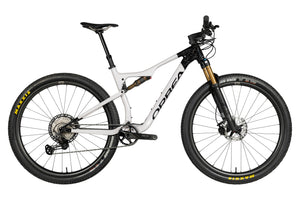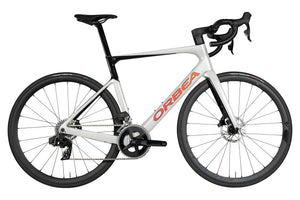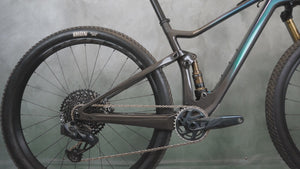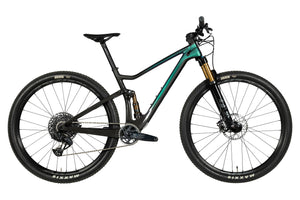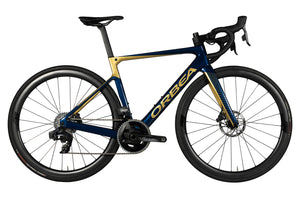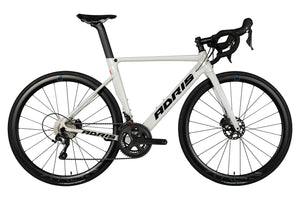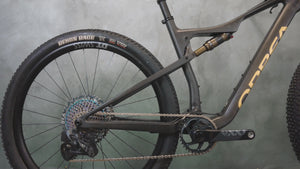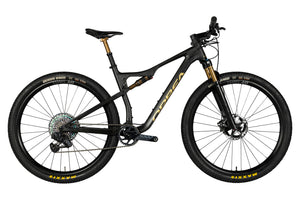What is Ultra-Cycling? Everything to Know About This Sport Pushing Limits
In this Article
Published on November 16, 2023
Further, faster, longer... Ultra-Cycling is the discipline of superlatives! In total autonomy, alone or in a team, ultra-endurance is the preferred challenge for enthusiasts of long distances, bikepacking, and competition.
What are the different race formats? How to prepare best? Is ultra-cycling right for you?
Welcome to the wonderful world of cyclists who always want more.

Pushing Limits on a Bike
Ultra focuses on long-distance challenges. Generally, courses cover several hundred kilometers or even several thousand kilometers. Ultra-cyclists can be grouped into 2 main categories: competitors and adventurers. Competitors approach this discipline through events ranging from 300 km to 2500 km. Adventurers turn to personal challenges in which they find themselves: crossing France from North to South, crossing Europe from South to North, etc.
In any case, ultra-endurance races are challenges where competition reigns: the goal is to finish as quickly as possible.
Ultra cycling is a sport that, as the name suggests, pushes physical and mental limits. Setting off alone or accompanied to cover hundreds of kilometers is demanding on the body but also on the mind. Ultra-cycling competitions are mostly run in complete autonomy. Each participant must be able to manage their nutrition, rest, and mechanical issues without organized external assistance (one can still stop to buy food in a grocery store or bakery - provided the race is not in the middle of a desert). Like in ultra-trail running, cycling over long distances requires effort for several hours, sometimes tens of hours, and this represents a significant impact on the body. It should be understood that embarking on an ultra-cycling adventure will require, regardless of your level of training and preparation, pushing limits.
Whether it's competition or personal challenge, distances generally range from hundreds of kilometers to 2000 km. This relatively young sport is gaining increasing interest and attracts more and more cycling and ultra enthusiasts. Long-distance cycling or ultra-cycling can be done on roads, race tracks (24-hour cycling), or off-road trails.
If you want to gradually increase the volume of your rides, here are tips from a pro for a long ride.
Types of Ultra-Cycling
Ultra-Cycling on the Road
Ultra-cycling on the road, as the name suggests, corresponds to a 100% paved route. No paths, trails, only the road. The advantage of this approach is that it allows you to cover long distances quickly. The risks of punctures are lower, and distances can be easily extended. The main risk of this practice lies in sharing the roads with motorists. To take the least risk, it is recommended to plan your route by favoring small departmental roads, less frequented, and avoiding major roadways like national highways.
Off-Road Ultra-Cycling
Whether in gravel or mountain biking, some like to venture off the roads to take trails in the woods and discover hidden corners. This practice allows you to reconnect with nature, discover new routes, and not be surprised by the pavement on your route. Being able to go anywhere is a real advantage during preparation, but you should plan for a puncture kit as trails pose a higher risk to inner tubes.
Preparing for an Ultra-Cycling Event
Physical Preparation
Before embarking on a challenge or an ultra competition, it is essential to be aware that training is one of the crucial factors for success. The most important thing when embarking on the physical preparation of an ultra challenge is progressiveness. Before doing 500 km, start with 100 km, then 200 km, and finally 300 km. It is important to stagger your progression. To approach an ultra-distance challenge serenely, the body must first get used to moving for a long time. Whether on a bike, running, swimming, or simply walking, it is important to habituate the body to low-intensity movement. Indeed, an ultra challenge or race is played very little in intensity at the beginning. On the other hand, endurance is paramount.
Physical endurance and the body's resistance to mechanical constraints are the variables to consider in training.
In this type of effort and more generally in cycling, nutrition remains a major point to master for performance or simply not to "suffer" during a ride, feel free to read our article on this topic.
Mental Preparation
A challenge lasting several hours, or even days, is exhausting for the brain, which instinctively seeks to preserve your body. To achieve this, it sends a set of signals or false information that can quickly take over motivation. In challenging physical trials, the brain always has this preservation instinct. This instinct is often the cause of questions like: why am I doing this? Why am I here? Why not give up? Why continue? These internal questions often lead to abandonment. To mentally prepare for an ultra challenge, it is important to start with the right motivations. It is also interesting to learn about the fundamentals of mental preparation to be able to understand certain weaknesses, certain mechanisms, and be ready to respond correctly during the challenge or competition.
One must also be prepared to be alone for long periods facing the unknown. Read Pierre Lejeune's interview where he shares how to prepare and what to expect when cycling alone.
Choosing the Right Equipment for an Ultra-Cycling Event
Embarking on an ultra bikepacking adventure or a Race Across France (ultra-crossing competition of France) requires different equipment. Before an ultra bike ride, make sure to have suitable equipment. Regarding the bike, if the route includes paths, fields, or trails, it is advisable to opt for a gravel or mountain bike. Conversely, for ultra competitions on the road, a lightweight and well-equipped road bike will be more suitable. It is essential to tailor the equipment to the targeted challenge. Race or challenge conditions also impact the choice of equipment:
Ultra Bikepacking:
- Saddlebags
- GPS, maps
- Season-appropriate clothing
- Spare clothes
- Safety and visibility
- Hygiene and health
- Camping gear (if needed)
- Food and hydration
- Maintenance and repair equipment
Ultra Cycling on the Road:
- Saddlebags
- GPS, maps
- Hygiene and health
- Safety and visibility
- Food and hydration
- Maintenance and repair equipment
When it comes to choosing equipment, the important thing is that it is suitable for the goal and the conditions in which the ultra will take place. Before you start, try each component of your equipment to ensure that it suits you, is functional, and you know how to use it.
If you're a fan of checklists, find our essential checklist before bikepacking.
Ultra-Cycling Races: Courses Worldwide for All Profiles
Ultra-cycling has been gaining increasing interest in recent years. Races are becoming more numerous, and circuits are developing everywhere in France and around the world.
On the road, two main circuits: the Bikingman and the Race Across Series. The first offers races in France, Portugal, Brazil, and Morocco with routes ranging from 500 to over 1100 km. An interesting feature offered by the organization for the Morocco race: the distance is kept secret! As for the Race Across series, this label includes races all over the world. The most well-known is the legendary Race Across America or RAAM, which crosses the United States from west to east. The French circuit, Race Across France or RAF, is also very developed, offering 4 distances ranging from 2500 km to 300 km.
If you want to immerse yourself in the unique atmosphere of ultra-distance, we recommend the documentary Onboard, which followed participants in the Transcontinental Race between 2016 and 2018.
In gravel, competitions also exist on formats generally extending up to 600 km. Among the most popular gravel circuits is the Gravelman, which offers races in France, Belgium, Italy, and Morocco.
The Silk Road Mountain Race is also a reference. Known as one of the most challenging ultra-endurance races with passes at over 4000m altitude, it did not resist the tireless Nathalie Baillon, who finished as the joint first woman in the 2023 edition.
Conclusion
Ultra-Cycling is a demanding sport but offers unique sensations.
Embarking on an adventure, seeking your limits to surpass them; going alone or accompanied, crossing regions or countries: the very essence of ultra-cycling. This sport is demanding and requires real physical and mental resources. However, it brings unparalleled sensations, whether it's self-satisfaction after completing a challenge or race, the adrenaline of starting an adventure, etc...
It is accessible to everyone, provided you are well prepared.
Whether in competition or on an adventure, distance possibilities are vast and adaptable to all profiles. You just need to know yourself well to embark on the suitable challenge, whether it's a 300 km or a 2500 km. The goal remains the same: surpass yourself and discover new routes! However, be aware that this sport, due to its demands, requires a certain physical and mental condition. To embark on an ultra bike ride, it is essential to know your body and be trained.
Undecided between doing ultra on the road, mountain biking, or gravel. TCH helps you make your choice with our various guides.




